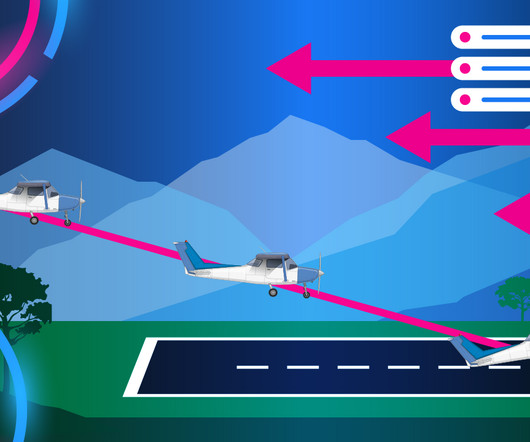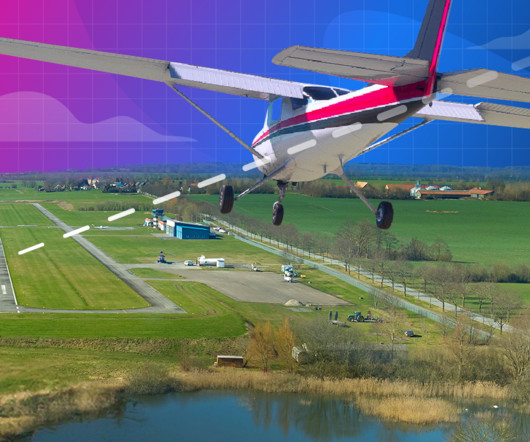How to Read a Windsock
Pilot Institute
JANUARY 3, 2025
Standard FAA aviation windsocks are calibrated to fully extend at a wind speed of 15 knots. Stability : The gradual narrowing of the windsock helps stabilize it in various wind conditions, reducing erratic movement and providing clearer readings. How To Read a Windsock Hanging limp : Winds are under 3 knots.











Let's personalize your content